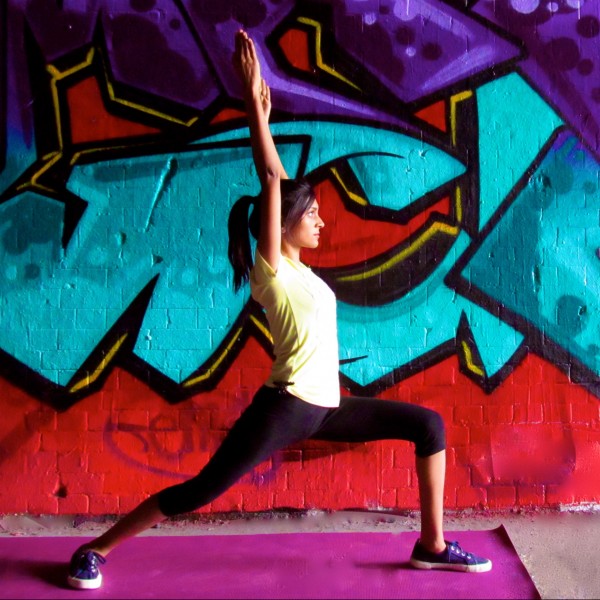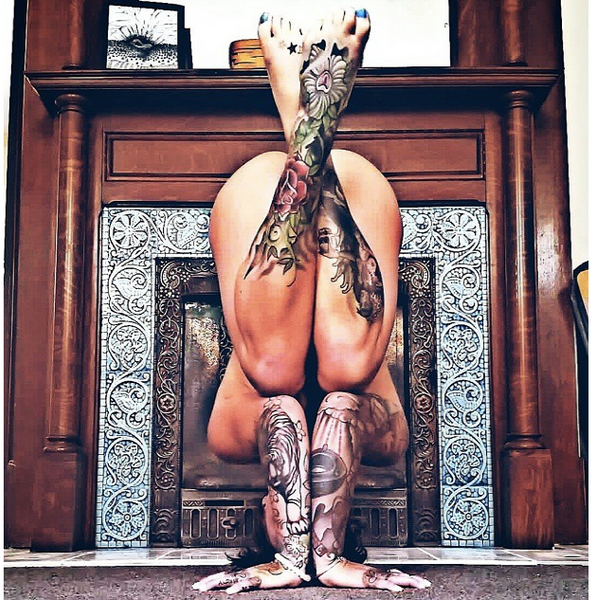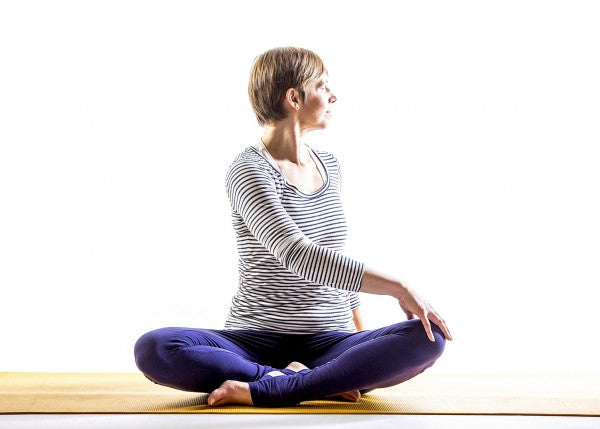How To Practise Yoga When You Have Bad Knees
Yoga is known for getting our bodies into all sorts of stretches and bends. It's no wonder that anyone who has suffered with bad knees may have concerns about practicing yoga and may not find the thought of bending, stretching, kneeling and crouching too appealing.
We have spoken to a lot of people who have expressed knee concerns in relation to yoga, so we thought we'd look into the matter further.
One such person kind enough to give us all the ins and outs of living with knee pain is yoga teacher Sheena Shah. Sheena suffered for years with chronic knee pain and we're not just talking about the rare case of a sore knee.
"For almost all my life, I couldn’t walk without falling over," Sheena recalls. "To the extent that people have told me things like I should just 'join the circus,' and I will 'get nowhere in life…nobody will want to marry such a spaz!'"
Sheena's knees constantly dislocated from the tender age of six rendering normal childhood activities like running, dancing and martial arts practically impossible for her.
Her parents took her to countless hospital appointments and physiotherapy treatments and nothing helped and finally when she was 18, doctors advised her to have a specialist major surgery on both her legs to avoid her ending up in a wheelchair in her thirties. At 19 she had surgery on her right leg.
A couple of weeks later on the eve of her birthday, she joined her father at a Chi Kri Yoga class and just sat back and joined in the meditation.
"I had no interest in yoga," says Sheena. "I just needed to get out of the house for some fresh air – yet this turned out to be one of the most special birthdays of my life, and I am so blessed I ended up there. Yoga has really helped my knees."
We had a chat with Sheena to get the inside info on how yoga helped her knee problem.
There are a lot of poses in yoga which seem to be quite strenuous on the knees. How did you deal with this?
You definitely have to be careful to build up the muscles slowly - too much pressure on the knees too quickly can do more harm than good. Simple things like Mountain Pose and Tree Pose may help to slowly strengthen them. Strong glutes, hamstrings, thighs, lower back, and hips protect the knees from the impact of the body weight on them, so it's important to include exercises for them as part of your daily routine.
Why do you view yoga as the best form of exercise for knees?
The reason why yoga is by far the best form of exercise for my knees is because, on top of all the physical benefits, it heals at a mental and spiritual level too. Weak knees, for example, are a symptom of root chakra blockages - so in addition to developing physical strength and muscle control, the yoga philosophy behind the poses works at a deeper level to train the mind to think positively - what we refer to in Chi Kri as 'Mind Yoga'. In Warrior Pose for example, you are developing inner strength, courage and willpower to help you conquer the challenges you face in the battle of life with a smile on your face.
Unlike other forms of exercise, yoga is a holistic practise and benefits you so much more potently than what you would get by just doing a few leg muscle strengthening exercises in the gym for example (I say this out of having tried several physio exercises over several years - they each helped a bit, of course, but by far yoga was way more effective and the progress I found with yoga happened much more quickly).
Top 3 Tips for Practicing Yoga if You Have Bad Knees
Sheena used yoga to help her recover from her major knee surgery and she shares with us her 3 most important tips for practicing yoga with bad knees:
1) Try not to apply too much pressure directly on the knees.
"When doing poses like Cat, Tiger, or Cow, I used to always roll up my mat or use a blanket to provide extra cushioning underneath my knees which really helped relieve the pressure. Another option is also to use two mats on top of each other when practising. If they are aligned properly they won't slip and can really help due to the extra thickness."
2) Be very patient with the body.
"See how it is feeling and don't overdo the practice. I stayed away from going too deep into poses like Warrior and Pigeon in the early stages of my recovery and instead focused primarily on working on developing muscle control and stability in my legs through grounding and balancing poses like Mountain Pose, Tree Pose, and Chair Pose against the wall."
3) Alignment is key.
"When I was ready to go into stronger poses like Warrior Pose, alignment was key to making sure I didn't injure my knees. For example, in Warrior 2, it is important to make sure that when you bend your front knee, it does not overshoot past your toes. If it does, you are putting too much pressure on it and so you need to spread your feet further apart to correct this. Many people with knee problems will also have overpronation - this is where the knees roll inwards and can cause pain due to extra pressure on the joints and incorrect tracking of the kneecap. It is also common in people with flat feet. So it's really important here to build up the inner thigh muscles to prevent this (e.g. by doing Chair Pose against the wall, etc.), and also to be mindful during Warrior and Mountain and consciously roll the feet slightly outwards to correct it if needed.
Also in Warrior pose, the front heel should be dissecting the back foot in half (i.e. the front heel should be in line with the centre of the back foot which is almost horizontal). It's also really important to ensure you are bending your front knee straight ahead, not out to either side, as bending at the wrong angle can cause injury." Here's a great 25-minute routine by yoga teacher Chaz Rough specifically targeted to help with knee problems.
We also found this thorough and explanatory article on yoga for bad knees from Yoga International really helpful.
Do you have any other tips for exercising with bad knees, or any personal experiences? We would love to hear from you. Sheena Shah teaches public and private Yoga and Meditation classes all over North West London (e.g. Harrow, Pinner, Hatch End). If you would like to know more about Sheena, please visit her website: www.yogawithsheena.com.
(Images via @yogawithsheena)
Follow us for more free, high-quality yoga and mindfulness content... and subscribe to our mailing list below!
Don't forget to connect with us on social media (Facebook, Twitter, Instagram, Pinterest and Tumblr).









